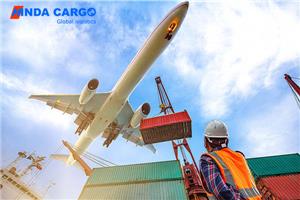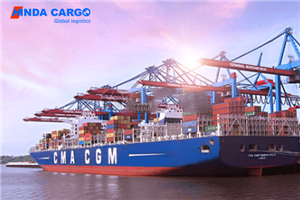The global air freight situation
With the closure of airspace over Ukraine and Russia, we expect longer lead times and some impact on capacity could lead to higher cost pressures, especially on trade between Asia and Europe.
Air freight capacity
Global airfreight capacity down 11%
Passenger flight returns are slow and inconsistent
Surge of COVID-19 Omicron Variants Continues
Lower travel restrictions in key markets may increase capacity
Tighter markets unlikely to increase capacity
Asia
Rates gradually declined in early March due to reduced demand after the Lunar New Year (LNY). That trend is starting to fade as demand recovers - a contributing factor due to tighter capacity in the U.S. and Europe due to flight cancellations. Airspace closures in Ukraine and Russia will continue to play a role in rising costs this month.
Positive COVID-19 cases in mainland China are at their highest level in two years. Strict quarantine requirements designed to prevent transmission are unlikely to change dramatically. Production and transportation are expected to be disrupted in the affected areas.
Hong Kong's border crossing situation has worsened as COVID-19 cases continue to rise. Driver shortages, effective segregation policies, and increased shipping lead times make traditional trucking solutions difficult. As Hong Kong's capacity has become more limited, spot market prices have soared at neighboring Shenzhen and Guangzhou airports.
Europe
The situation in Ukraine is having an impact on the aviation market. Spot market interest rates rose sharply. Russian airline AirBridgeCargo (ABC) has been banned from European airspace. As a significant freight operator in Europe, serving North America and Asia, there is no alternative capacity available to fill their absence.
We are closely monitoring truck capacity and driver conditions across Europe to make adjustments and adjustments if needed.
Other concerns about airlift due to Russia/Ukraine war:
Fuel costs soar
Airlines raise fuel surcharges
Extended flight time to avoid Russian and Ukrainian airspace
Airlines must carry extra fuel and less cargo per flight
South America
Challenges in the ocean freight market are driving a major shift to air freight on northbound routes. Spot prices are rising, and courier services and rates are a necessary option for more urgent shipments. Forecasting is key to mitigating cost increases and shipping delays.
Miami's southbound capacity is available for major markets.
South Asia
Capacity is stable, encouraging buyers seeking early access to space. There is a greater opportunity for space availability with a cargo that is spread out into multiple smaller cargoes than with one independent cargo movement. Rates are currently stagnating as markets monitor the impact of the Ukraine conflict.




